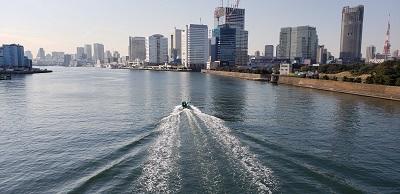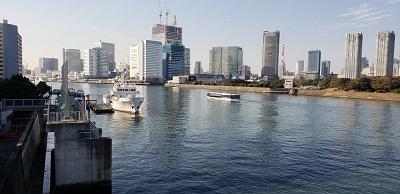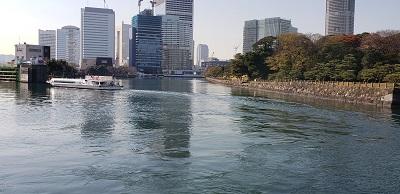Hello, this is Minato kid.
There are a variety of public things on the sidewalk. Not only town information boards and monuments, but also if you look up a little, signs, traffic lights, curve mirrors, etc. that protect the safety of pedestrians, and if you look at your feet, you will be drawn on manhole patterns and pavement tiles The pictures will catch our eyes and delight us.
Today, even in such a situation, I collected illustrations with nostalgic touches and retro ones with rare modeling.
♪ Various information boards
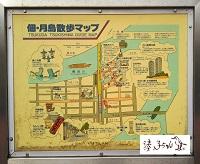
This is a tourist information board found on the sidewalk of Tsukuda Nakadori. Handwritten pictures and letters will be fun just by looking at them! Under the title of "Tsukuda / Tsukishima Walking Map", here we introduce Tsukuda Island is the birthplace of Tsukudani, River City 21, Ishikawajima Lighthouse Ruins, etc., and Monja Street, Tsukishima Kannon, a little further We stretch and guide Kachidokibashi.
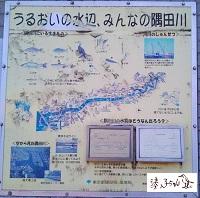
This is the Sumida River Terrace. This panel is installed on the wall on the sidewalk at Tsukuda-ohashi Bridge. Introducing creatures gathering on the terrace, such as fish and wild birds, and how the water quality deteriorated in the 1930s improved using graphs. The graph part is open and closed.
♪ Flower bed on the sidewalk

A green plate with the word "flower azalea of the ward" stands on the flower bed on the sidewalk. It looks like it was installed in the city. It's a plate that you don't see much now, so it may be a long time ago. It is the same type, and the right is the "tree of the ward".
♪ This and so on
This mark was found on Namiki-dori St. in Ginza, which is prohibited from poisting. This is embedded in the pavement of the sidewalk. Currently, the design is different from the mark seen on the sidewalk in Chuo-ku, so it may be a long time ago.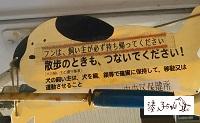
It is a plate that calls for dog manners, often installed on pillars on the sidewalk and concrete walls. It states, "Please connect when walking" and "Let's bring back dog droppings properly."
It's a bit hard to see, but this is a sharp picture touch, saying, "Let's keep your dog connected" and "don't forget registration and vaccination."
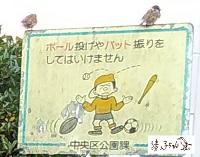
It is a signboard that prohibits ball play, installed in Tsukuda Park. I like an illustration with a nostalgic feeling!
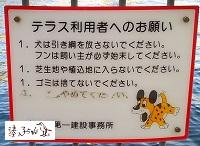
This is a precautionary note installed on the Sumida River Terrace and the protective fence. Requests to terrace users include the precautions for walking dogs, not entering the planting, and not throwing away garbage. The illustration of the dog is cute.
♪ A lot of water
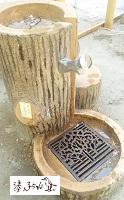
It is a water supply installed in a park in the Minato area. The shape of the stump is fairy tale. The table on which children ride when drinking water is also a small stump. The iron fence part has a wooden pattern and is quite elaborate. This worried design doesn't fade over time.
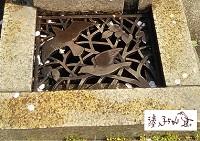
It's the water supply of Tsukuda moat. The iron fence is shaped like a pigeon.
It is a water supply installed in a park in the Tsukuda area. It looks like a potted plant. There is a plate called "Please cooperate with water saving Chuo-ku". The season is coming.
♪ Astringent
It is a well found along the Shin-ohashi-dori St. The manufacturer could not be identified, but various wells can be found in various parts of Chuo-ku. Wells have trademarks and numbers, but there are so many types, so it's interesting to compare them.
This is a bulletin board on the sidewalk found in the Tsukishima area. The notice part is green board and the eaves are also wooden. Nowadays, there are not many wooden bulletin boards left. It's very valuable.

This is a public telephone installed in a park in the Minato area. The round roof is illuminated, and the door is attached to the table where the telephone is installed. Recently, the number of public telephones has decreased. The appearance feels nostalgic, but the phone inside is relatively new.

It is a stone fire prevention water tub found in each area of Chuo-ku. Fire tubs are often placed in front of the entrance of the house. A long time ago, we stored water here in case of emergency.
"When the sparks flew in the air raid, I drained water from the tub and went home so that it would not cause a fire," said a local person.
※ The fire prevention water tub I met this time contained the personal name, so I will introduce it with illustrations. Thank you for your understanding.
 ♪ Stylish object
♪ Stylish object
It is a clock tower located on a terrace in the Nihonbashi Hakozaki area.
There's a cute object on the top. There's a small child on the helicopter.
This is a clock tower built in commemoration of the expansion and maintenance of the Sumida River Terrace when the construction of the Eidan Hanzomon Line was carried out in 2001.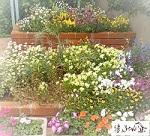
♪ Flowers of local people
As an old landscape of Chuo-ku, you can see many potted plants lined up at the eaves.
In areas where private houses are dense and there is little green, it seems that it was customary to put potted plants in order to feel the flowers as close as possible. In addition to such potted plants, you can also see flower beds grown in the town council.
When you see the flowers blooming beautifully, you feel like there is a smile of people there, and we walking naturally feel fun. The sidewalk in Chuo-ku is interesting!
Correspondent Minato kid, Chuo-ku Tourism Association

No. 34 January 29, 2019
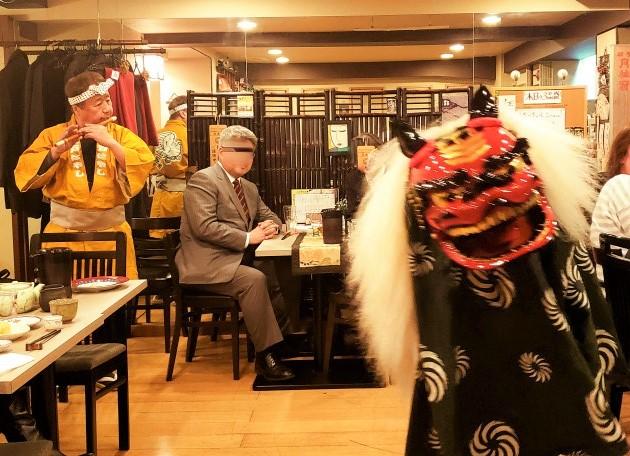
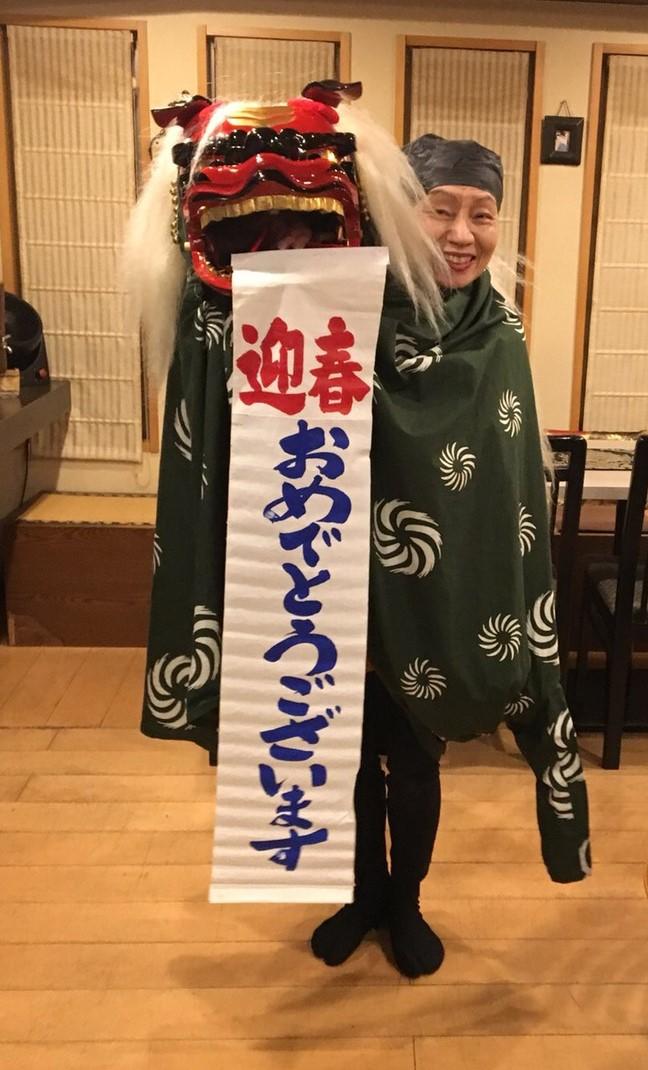
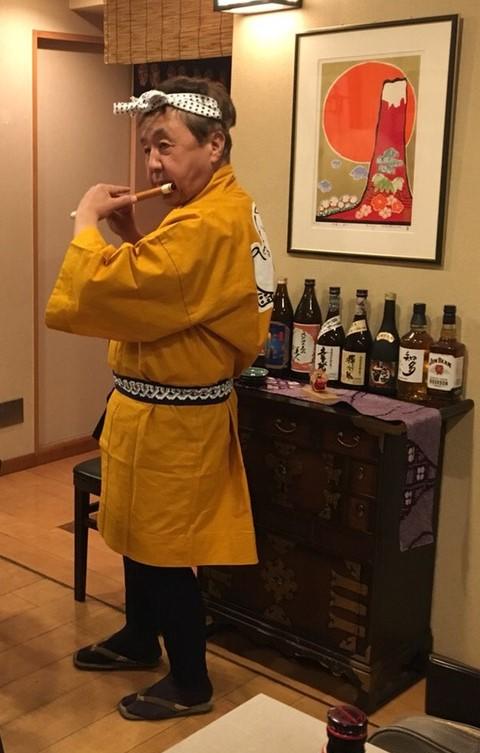
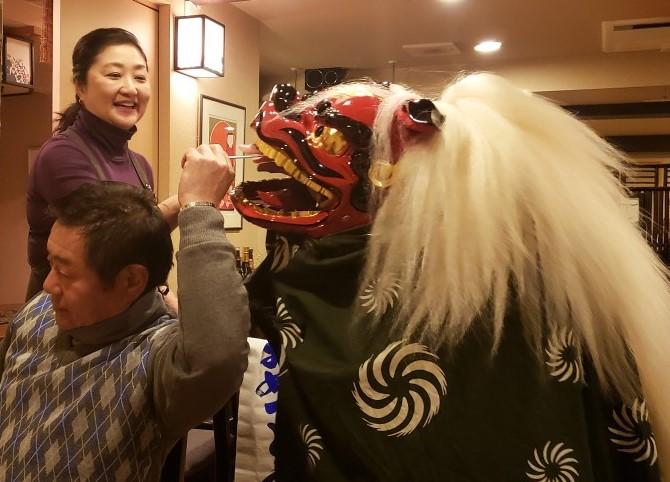
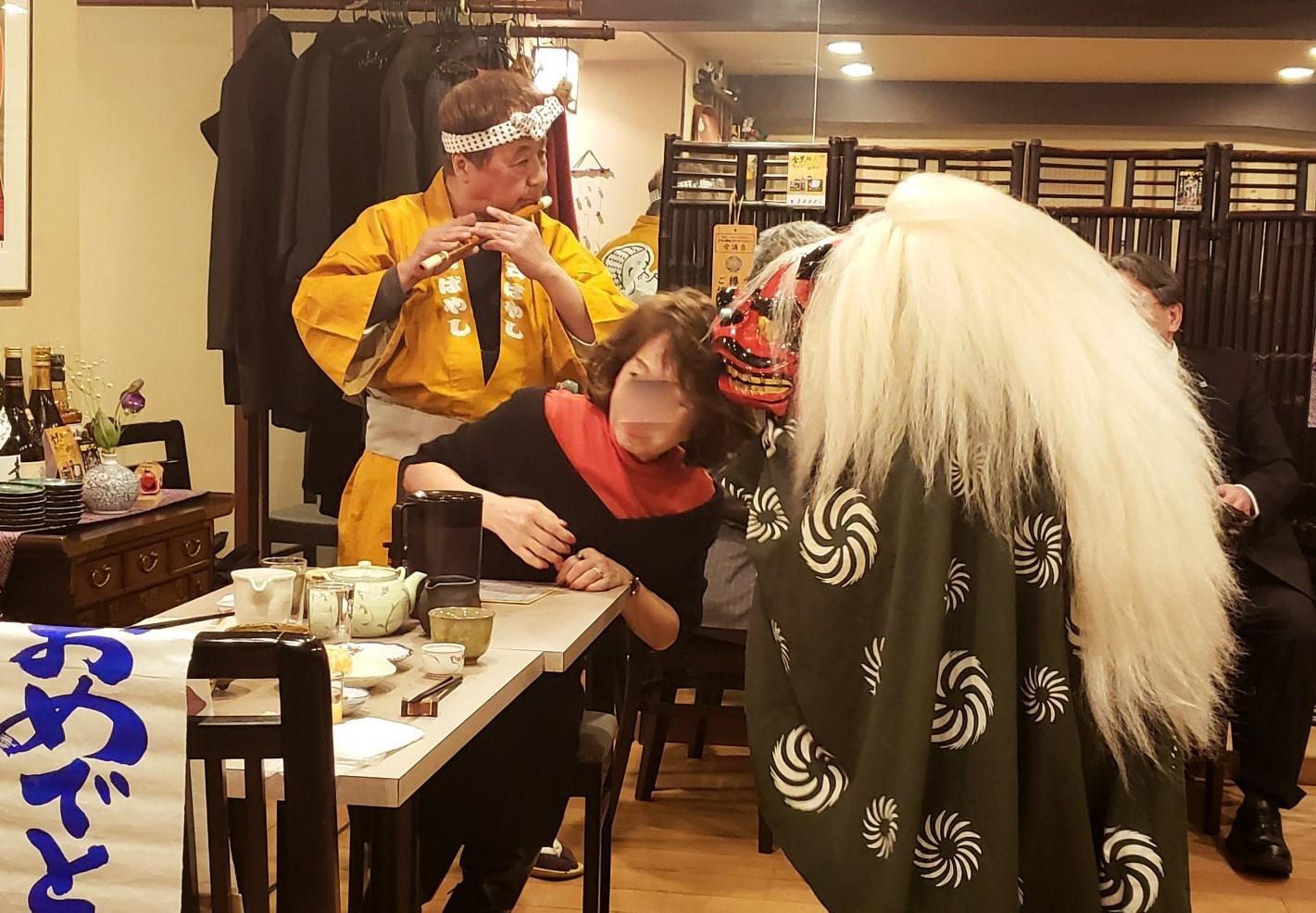
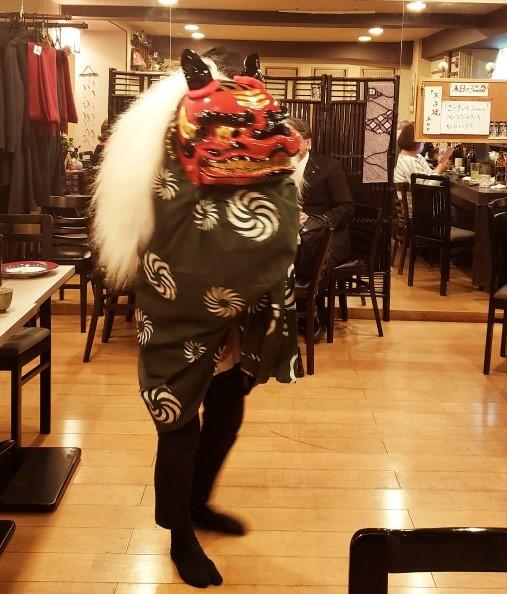
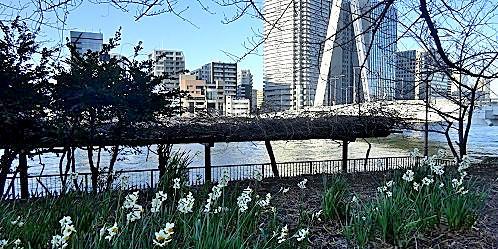
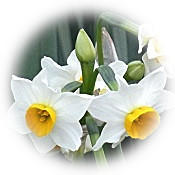 While the highest temperature during the day is around 10 ° C and the cold days continue, and the number of flowers in Tsukuda Park is limited, one of the flowers that bloom dignifiedly under the clear and soft sunlight is narcissus (Nihonjin narcissus) .
While the highest temperature during the day is around 10 ° C and the cold days continue, and the number of flowers in Tsukuda Park is limited, one of the flowers that bloom dignifiedly under the clear and soft sunlight is narcissus (Nihonjin narcissus) .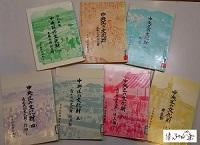
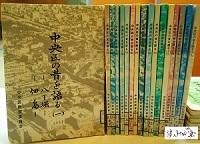
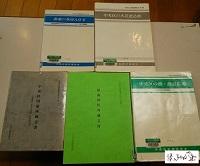
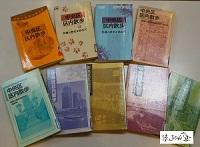

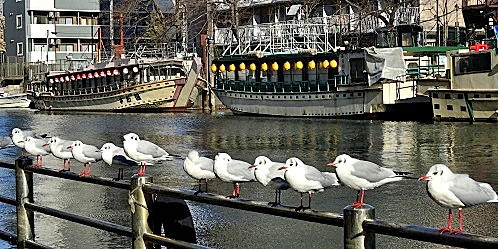
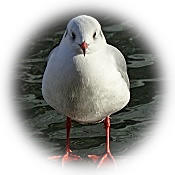 In the background of the moored houseboat, the "Tomin Bird" Yurikamome rests its wings on the railing of the waterside green road "Tsukishimakawa Green Promenade" along the Tsukishima River.
In the background of the moored houseboat, the "Tomin Bird" Yurikamome rests its wings on the railing of the waterside green road "Tsukishimakawa Green Promenade" along the Tsukishima River.